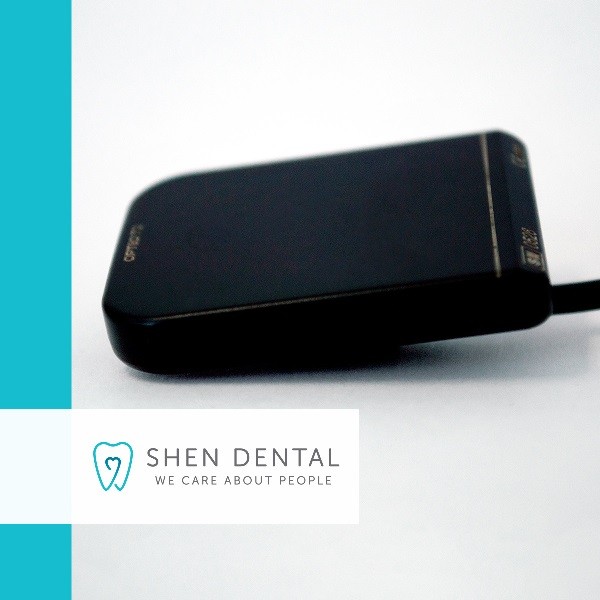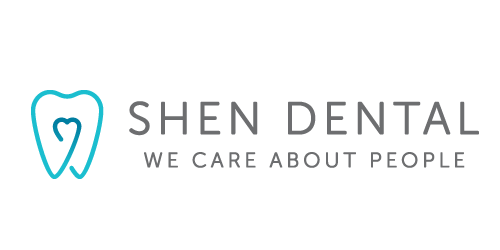Not Superman, just a Dentist with an X-ray Machine

Q: What does a dentist call his X-rays?
A: Tooth-pics!
Dental x-rays are an important part of your dental exam. Your dentist may take an x-ray of a single tooth when he suspects a specific problem, or while treating this problematic tooth of yours.
X-rays are diagnostic, but they can also be preventative by helping a dentist diagnose potential oral care issues in a patient’s mouth before they become major problems.
The world’s first X-ray was taken in 1895 by the German physicist Wilhelm Röntgen. Röntgen first X-rayed his wife’s hand, who exclaimed “I have seen my death!” when she saw her skeleton. In 1901 Röntgen was awarded the first Nobel Prize in Physics for this invention.
Why does my dentist conduct x-rays?
There are some problems that a dentist cannot detect with the naked eye:- Between teeth
- Below the gum
- Inside your teeth
What is a digital x-ray?
Many film mediums, such as photography and movie making, switched from conventional to digital film. Unsurprisingly, so did medical and dental x-rays. At Shen Dental we use a Digital Sensor which we use because we believe it is safer, and has better diagnostic properties. There are many benefits of digital x-rays…- Less radiation required: For digital X-rays, our clinic uses about 1/6 of the exposure to radiation compared to the conventional X-rays.
- Immediately available to view: Images can be viewed on a computer monitor by the dentists as well as the client.
- Clarity: Digital x-rays use 256 shades of grey whereas the conventional uses only 16-25. The x-rays we use can be enhanced or enlarged.
- Management: The images can be archived and easily transferred to different dentists or orthodontists for referrals. This method is also environmental friendly as no processing chemicals are used.

Recent Comments